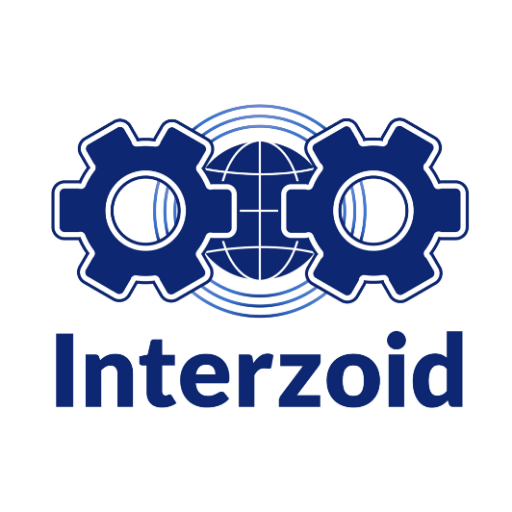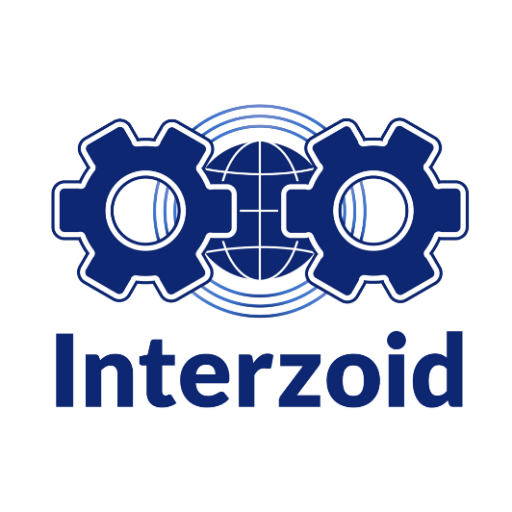Mock sample for your project: FishEye API
Integrate with "FishEye API" from fisheye.local in no time with Mockoon's ready to use mock sample

FishEye
fisheye.local
Version: 1.0.0
Integrate third-party APIs faster by using "FishEye API" ready-to-use mock sample. Mocking this API will help you accelerate your development lifecycles and improves your integration tests' quality and reliability by accounting for random failures, slow response time, etc.
It also helps reduce your dependency on third-party APIs: no more accounts to create, API keys to provision, accesses to configure, unplanned downtime, etc.
Description
Other APIs in the same category
Airbyte Configuration API
Airbyte Configuration API
https://airbyte.io.
This API is a collection of HTTP RPC-style methods. While it is not a REST API, those familiar with REST should find the conventions of this API recognizable.
Here are some conventions that this API follows:
All endpoints are http POST methods.
All endpoints accept data via application/json request bodies. The API does not accept any data via query params.
The naming convention for endpoints is: localhost:8000/{VERSION}/{METHODFAMILY}/{METHODNAME} e.g. localhost:8000/v1/connections/create.
For all update methods, the whole object must be passed in, even the fields that did not change.
Change Management:
The major version of the API endpoint can be determined / specified in the URL localhost:8080/v1/connections/create
Minor version bumps will be invisible to the end user. The user cannot specify minor versions in requests.
All backwards incompatible changes will happen in major version bumps. We will not make backwards incompatible changes in minor version bumps. Examples of non-breaking changes (includes but not limited to...):
Adding fields to request or response bodies.
Adding new HTTP endpoints.
https://airbyte.io.
This API is a collection of HTTP RPC-style methods. While it is not a REST API, those familiar with REST should find the conventions of this API recognizable.
Here are some conventions that this API follows:
All endpoints are http POST methods.
All endpoints accept data via application/json request bodies. The API does not accept any data via query params.
The naming convention for endpoints is: localhost:8000/{VERSION}/{METHODFAMILY}/{METHODNAME} e.g. localhost:8000/v1/connections/create.
For all update methods, the whole object must be passed in, even the fields that did not change.
Change Management:
The major version of the API endpoint can be determined / specified in the URL localhost:8080/v1/connections/create
Minor version bumps will be invisible to the end user. The user cannot specify minor versions in requests.
All backwards incompatible changes will happen in major version bumps. We will not make backwards incompatible changes in minor version bumps. Examples of non-breaking changes (includes but not limited to...):
Adding fields to request or response bodies.
Adding new HTTP endpoints.

Interzoid Global Page Load Performance API
This API provides a timed, browser-simulated page load function (or a measured API call) from the specified geography using a server from that geography.

Interzoid Zip Code Detailed Info API
This API provides detailed information for a given zip code, including city, state, latitude, longitude, area size, and various population demographics.

Interzoid Get Area Code API
This API provides area code information for a given telephone area code.

Spell Check Client
microsoft.com
The Spell Check API - V7 lets you check a text string for spelling and grammar errors.
Bitbucket API
Code against the Bitbucket API to automate simple tasks, embed Bitbucket data into your own site, build mobile or desktop apps, or even add custom UI add-ons into Bitbucket itself using the Connect framework.
httpbin.org
A simple HTTP Request & Response Service. Run locally: $ docker run -p 80:80 kennethreitz/httpbin

